Here are some of Polish inventions:

GRAPHENE
Graphene is a carbon, more precisely – a structure made of carbons’ atoms. It is one thick atom. It is 100 times more resistant than steel. It is also flexible and extensible. It conducts electricity excellently. In theory – it is suitable for building efficient processes. These processes enable constructing a new generations of computers and electrician appliances. Graphene is really sensitive, especially for changes of ambient conditions. In this way it may be a perfect detector, for example a smoke detector in fire protection systems. It is possible that it will be used to build solar panels, which will be hiden in transparent glass. Poland currently spends about 60 millions złotych for graphene researchers. Poland has a few important achievements in producing and using Graphene. Nano Carbo started to sell abroad a graphene’s patches (a thin areas made of carbons’ atoms). They sell it mainly to research instituts. A centimeter square of these patches cost about 300$. Customers buy it a lot. American analysts evaluate that in 2020 graphene’s market can be worth 675 bilion USD. Poland has started industrial production of graphen. Technology which allows production of cheap graphene and receiving material with the highest quality was prepared and patented by a team under the leadership of dr. eng. Włodzimierz Strupiński from the Institute of Electronic Materials Technology (ITME) in 2011. Industrial Development Agency and ITME which is strategic partner of project will take care of the graphen production. KGHM have shares in Nano Carbon. The usage of graphen. Graphen has potentially thousands of applications in industry. It can be used in production of car and plane parts and there where materials resistant for difficult conditions and at the same time very light are needed. The real graphen revolution is coming for electronic. Processors based on this material will be repeatedly faster than silicon ones (theoretically even 100 GHz). Future computers will have gigantic computing power and using them will open new possibilities.
Karolina Chmura, Karolina Korycka

THE CREATIVE CITIZEN OF MIELEC CONQUERS THE WORLD
Marcin Piątkowski was 23 when he stood at the biggest Apple Store in Europe and pretended that he was showing his newest IBike to the audience. They were delighted. Although his bike still didn't exist, he sold one hundred of them! JIVR doesn't have a chain but he has a gearing hidden in the frame. Despite the aluminum-carbon contruction and slenderness it is heavier than you can expect because it's equipped with an engine with a battery. While riding a JIVR - even if - for a meeting in which shouldn't appear just after city gallop, you can accelerate to 25km/h. If the battery discharges, you could ride with the traditional method. In a destination of the travel you can fold the bike (because the urban vehicle has to be colapsible) and after you need only 90 minutes to recharge the battery. Actually it's not a bike... rather a vehicle for these who could ride a bike but they don't because of various reasons. JIVR can communicate with the city's infrastructure.
Natalia Belczyk
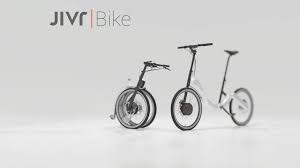
What does music and a paper clip have in common?
A paper clip is a piece a bent wire, generally used to keep sheets of paper together. First patents for clips appeared in second half of the nineteen century. Józef Hofmann was inventor of the office clip. He was a composer and a pianist. The inspiration for Hofmann was a bent form of music notes. His most popular form clip “Gem” has never been patented, but it was produced probably in 1890 by “The Gem Manufacturing Company”. A device that bent clip “Gem” was patented in 1899 by William’s Middlebrook.
Justyna Dudek

Artifical bone - biomaterial similar to natural human bones. It was developed by biochemists from Medical University in Lublin and the Academy of Mining and Metallurgy in Krakow. Work on the creation of the material lasted two years. A team of scientists was led by profesor Grażyna Ginalska. A synthetic bone is a white, firm substance with hard and elastic structure, similar to construction natural bones of a human being. It can be soped with antibiotics and it avoids contagion in the implantation place. The substance doesn't have any side effects, doesn't cause allergic reactions, speeds up the healing of wounds, perfectly fits in the living tissue and bone cells combine to produce also the blood vessels. One of the components of the artifical bone is hydroxyapatite, a mineral occurring in the nature among others in the bones of human, animal and in the corals. Artifical bone is used for refilling after injuries and cancer of the bone, as well as inflammation after tooth removals and periodontitis.
Klaudia Kozioł, Ernest Jarosławski

The Aeroskop is the first handheld film camera in the world with automatic image stabilization. It was a type of copressed air camera for making films,constructed in 1908 by the Polish inventor Kazimierz Prószynski. The tool was closed in a wooden case with a handle attached to the top to carry. The camera was placed in a wooden casing with a film strip roll installed. His weight was about 6 kg. The camera has contributed to the development of early documentary, natural and documentary films. The designer shot the coronation of King George V in 1911 in London.
Dominik Bigos
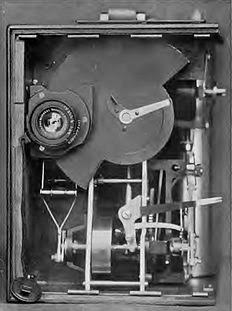
Vertical wind turbines it’s an inventory from Podlasie, made in a family company- Piskorzów. As Mr. Sylwester Salach explains, the technology used by their company, isn’t something new. Vertical axis was known from ancient times. New is here, that we let the wind on the circuit, we use kinetic energy changing in to rotary energy. Another new innovative feature is modularity, which enables you to build any size segments passing energy to the generator on the bottom. It can be a revolution. Thanks to the creation of any size objects, they can be used on the buildings roofs and on the decks of ships. Though more expensive than traditional solutions, vertical wind turbines are up to 50% efficient than before. They can be build in two months times, and relatively small height allows you to avoid formalities.
Banik Agnieszka


A hologram is a special form of protection. It is a sign on another sign in colour or transparent. It is a protection against documents forgery. Hologram was invented by a Polish physicist –Mieczysław Wolfke.
Alicja Wałek

Łągiewka's bumper is a shock absorber which protects physical object against effects of collisions. Inventor of this method is Lucjan Łągiewka. This technology allows reducing the effects of collisions even about 90%. This mechanism reduces forces and energy which work in struck object. Łągiewka developed his bumper in the 90s but so far none practical realization of this invention exists.
Chmura Karolina

Polish invention - LUNAR ROVIN VEHICLE
Although Poland isn't the power of the automotive industry, our national ideas were always treated with appreciation. In history of space exploration professor Mieczysław Bekker became famous. He was engineer of Polish origin. He worked in the USA and he invented and made a suspension system for LUNAR ROVIN VEHICLE, for the company General Motors. So far it is the only vehicle which helps humans moving on the Moon. Mieczysław Bekker was also directing a team, which built a lunar car. It served for transportation of tools, scientific and communications equipment, and lunar soil samples. It was used during the last three lunar Apollo flights.
Duszkiewicz Izabela

Bulletproof vest
The first bulletproof vest in the world has been created by Poles, precisely Jan Szczepanik and Casimir Zeglen. Szczepanik reached a conclusion that a vest that has to stop bullets should be made of the strongest at that time fabric- silk. The fabric, arranged in suitable strands, has been strengthened with metal plates. This is how theoretically a bulletproof vest had originated. Jan Szczepanik was so confident of its effectiveness that he tried it on himself- dressed in his invention he allowed to be given a gunshot. As you might guess- nothing happened. Polish vest quite soon found a practical use. In 1902 bombing assassination attempt on King Alfonso XIII of Spain failed, because the monarch was sitting in the carriage lined with a bulletproof fabric invented already by the Poles. Of course, today’s bulletproof vest differs from that of 1897. However, the Poles were the first to come up with this idea and produced the first copy.
Ernest Jarosławski, Chmura Karolina

Photobioreactor system solar tracker for the production of biofuels third generation - the invention was developed by Natalia Kujawska and Simon Talbierz. It is an invention that allows you to run economically efficient cultivation of microalgae, rich in lipids, which then produce biofuel. Soon, thanks to the invention, we will be able to produce biofuel at any latitude 100 times more efficiently and faster than doing it now with the help of canola or maize.
Korycka Karolina
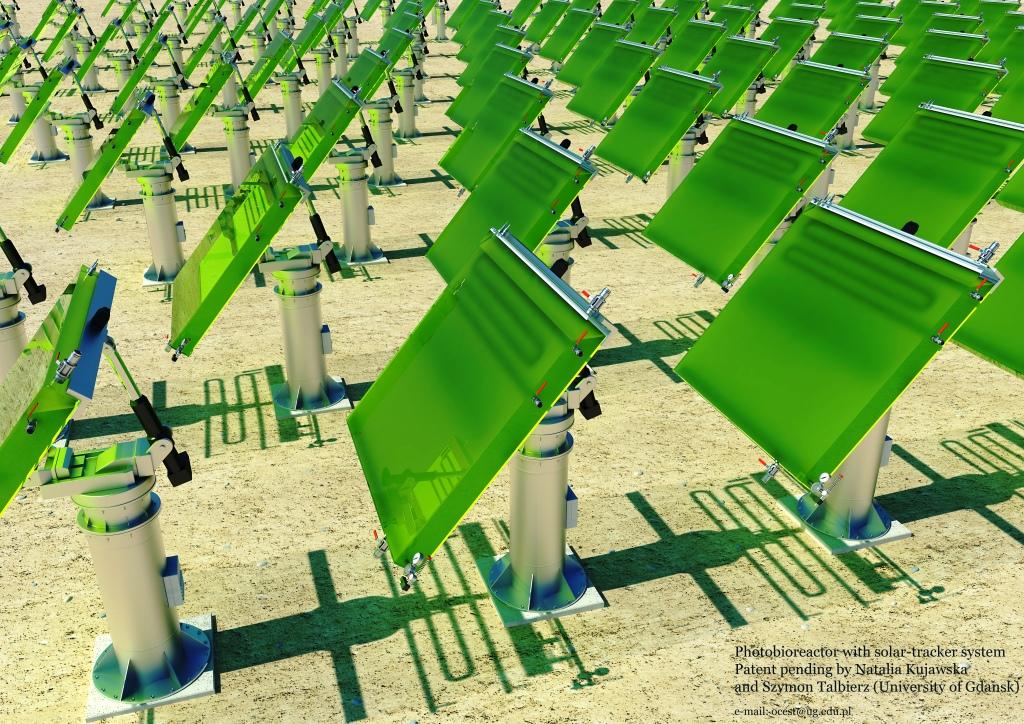
Blue bicycle path that glows in the dark was established near Lidzbark Warminski, on the trail leading to Lake Wielochowski. The author of the surface is a TPA laboratory in Pruszkow. Surface shining bike path includes the so-called. phosphors. These are special synthetic substances, which "are loaded" by means of daylight, and at night they emit accumulated energy. During the day the cycling path is blue. The idea here to create the optimal color scheme of the nearby lake and nature, and, mainly, for the safety of all traffic participants.
Patryk Golec

PEROWSKITY
Perowskity is an invention of graphene. Pole Olga Malinkiewicz has discovered how to cheaply produce this photo voltaic material. It will be soon possible to obtain cheap energy from the sun. This polish woman is the author of one of those ideas. Malinkewicz proposes that crystals, which produce energy should be hidden in ink, and it can be printed on each surface. Perowskity is a mineral existing in the nature, but it can be also produced. In the sunwaters it would replace the popular silicon, which ultimately results in more expensive than the perovskite.
What is more interesting in this method is the fact that the material can be spread on any surface. It may be plastic or paper and maintain high cellefficiency. It is not possible to apply silicon KRZEM? to flexible materials. If the perovskit material would be sufficiently durable, it would be depend only on the imagination of people how they would deal with mass production. It could be houses, car bodies, skyscraper windows or clothing. Layer only 200-300 nm thick.
Łukasz Stala, Marcelina Domoń
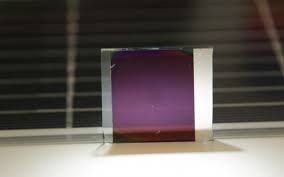
Cyber eye is an appliance to contact a person in state of her minimal awareness.We use it in medicine to communicate with patients. This system is the only way thanks to which a patients can get in touch with the outside world. Invention was rewarded as the best scientifically technical achievement in 2013. This invention was created by scientists of Politechnika Gdańska (Gdańsk University of Technology) and now it is used in 6 centers in Poland.
Cebulak Magdalena
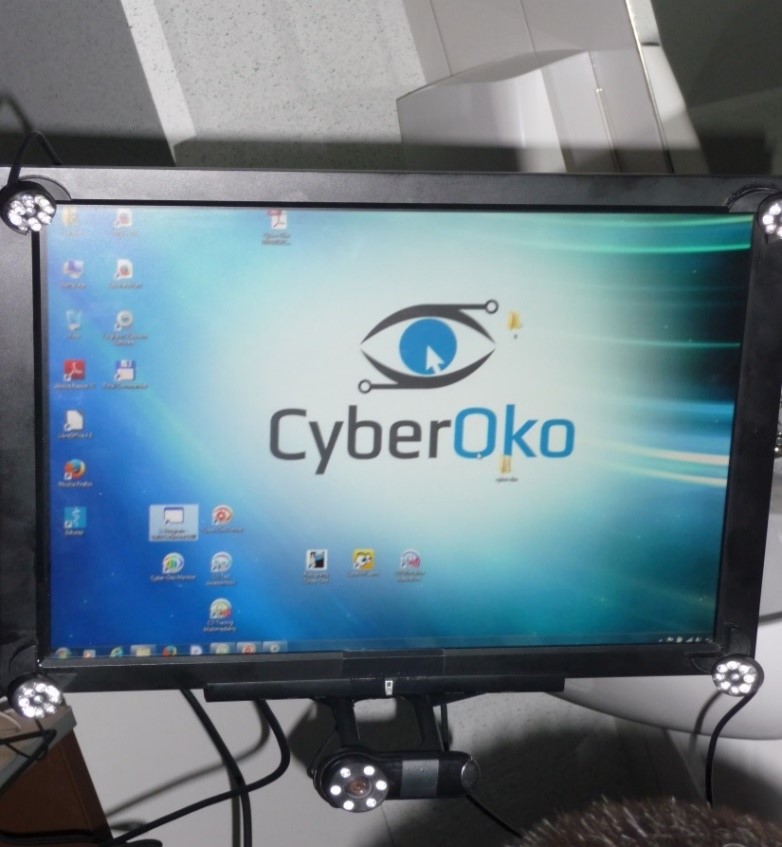
B-Droid is the first pollinating robot in the world. The appliance was developed at Warsaw University of Technology and was tested on strawberry and garlic fields. It can move between flower beds on its own, find flowers and carry pollen from one flower to another. B-Droid consists of two small video cameras, which are able to distinguish flowers and enable orientation in space, and two computers. One of them is located on the “bee” and transfers data to central computer, which controls the appliance. B-Droid’s movements are not controlled by a human –I t is self-reliant in its work. B-Droid, which is a driving robot, moves over the crops and by making movements whole its broom carries pollen from one flower to another.
Weronika Irla, Aleksandra Hamala
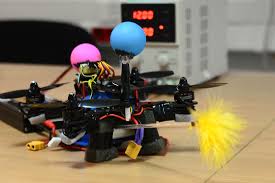
A mine detector was constructed during 2nd world war by the Polish lieutenants Józef Kosecki i Andrzej Garboś who served in Polish Military Forces.
It is composed of headphones, a bamboo stick with the plate in the end and a measuring camera in the backpack. In the plate there were two reels which made the electromagnetic field . When it detects metal it signals by whistlening. A minesweeper moved the plate upon ground and found thanks to the sound localization of mines placed in the ground . First trials of the prototype were executed in Bari Town in Scotland on the 5th March 1942
Doroż Marcin
